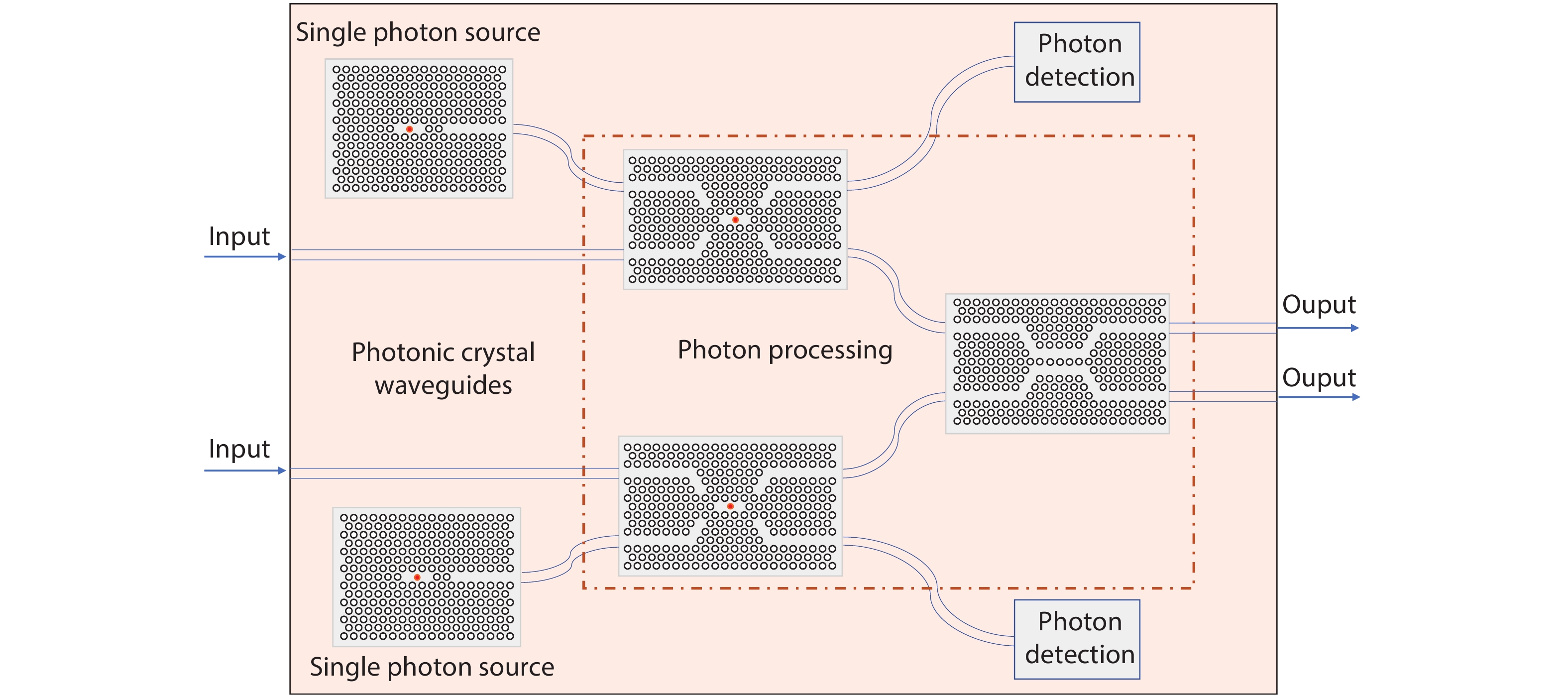| Citation: |
Xin Xie, Shushu Shi, Xiulai Xu. Coupling between quantum dots and photonic nanostructures[J]. Journal of Semiconductors, 2020, 41(6): 060401. doi: 10.1088/1674-4926/41/6/060401
****
X Xie, S S Shi, X L Xu, Coupling between quantum dots and photonic nanostructures[J]. J. Semicond., 2020, 41(6): 060401. doi: 10.1088/1674-4926/41/6/060401.
|
Coupling between quantum dots and photonic nanostructures
DOI: 10.1088/1674-4926/41/6/060401
More Information
-
References
[1] Lodahl P, Mahmoodian S, Stobbe S. Interfacing single photons and single quantum dots with photonic nanostructures. Rev Modern Phys, 2015, 87, 347 doi: 10.1103/RevModPhys.87.347[2] Liu F, Brash A, Hara J, et al. High Purcell factor generation of indistinguishable on-chip single photons. Nat Nanotechnol, 2018, 13, 835 doi: 10.1038/s41565-018-0188-x[3] Carter S, Sweeney T, Kim M, et al. Quantum control of a spin qubit coupled to a photonic crystal cavity. Nat Photonics, 2013, 7, 329 doi: 10.1038/nphoton.2013.41[4] Qian C, Wu S, Song F, et al. Two-photon Rabi splitting in a coupled system of a nanocavity and exciton complexes. Phys Rev Lett, 2018, 120, 213901 doi: 10.1103/PhysRevLett.120.213901[5] Qian C, Xie X, Yang J, et al. Enhanced strong interaction between nanocavities and p-shell excitons beyond the dipole approximation. Phys Rev Lett, 2019, 122, 087401 doi: 10.1103/PhysRevLett.122.087401[6] Qian C, Xie X, Yang J, et al. A cratered photonic crystal cavity mode for nonlocal exciton–photon interactions. Adv Quantum Technol, 2020, 3, 1900024 doi: 10.1002/qute.201900024[7] Lodahl P, Mahmoodian S, Stobbe S, et al. Chiral quantum optics. Nature, 2017, 541, 473 doi: 10.1038/nature21037[8] Barik S, Karasahin A, Flower C, et al. A topological quantum optics interface. Science, 2018, 359, 6376 doi: 10.1126/science.aaq0327[9] Xie X, Zhang W, He X, et al. Cavity quantum electrodynamics with second-order topological corner state. Laser Photonics Rev, in press -
Proportional views






 DownLoad:
DownLoad:














